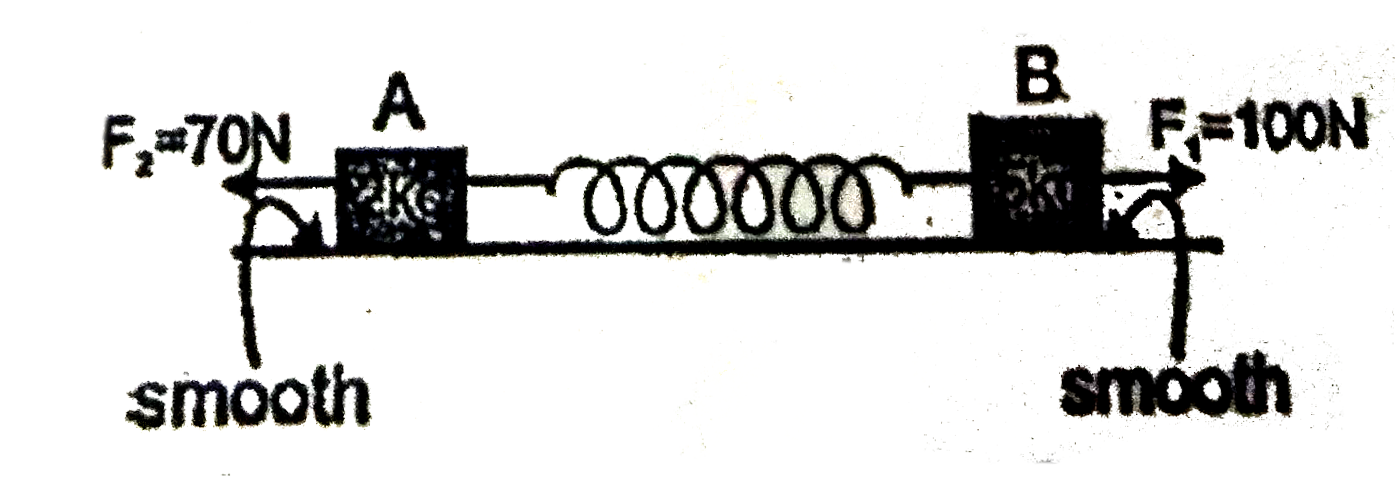A
B
C
D
Text Solution
Verified by Experts
The correct Answer is:
|
Topper's Solved these Questions
NUCLEAR PHYSICS
RESONANCE|Exercise Exercise|43 VideosView PlaylistPART TEST 2
RESONANCE|Exercise Exercise|30 VideosView Playlist
Similar Questions
Explore conceptually related problems
Knowledge Check
Similar Questions
Explore conceptually related problems
RESONANCE-PART TEST 1-Exercise
- A soldi sphere a hollow sphere and a disc, all haing same mass and rad...
02:02
|
Play - Statement 1: A solid sphere and a hollow sphere of same radius and sam...
01:56
|
Play - A 1 kg block is being pushed against a wall by a force F=75N as shown ...
03:26
|
Play - A force vec F = (3t hat i + 5 hat j)N acts on a body due to which its ...
02:48
|
Play - Particle 'A' moves with speed 10m//s in a frictionless circular fixed ...
03:26
|
Play - A metallic wire of diameter d is lying horizontally o the surface of w...
01:42
|
Play - Two constant horizontal force F1 and F2 are acting on blocks A and B. ...
02:39
|
Playing Now - If the energy ( E) ,velocity (v) and force (F) be taken as fundamental...
04:29
|
Play - Statement 1: Two spheres undergo a perfectly elastic collision. The ki...
02:08
|
Play - A shere of mass m , moving with velocity V, enters a hanging bag of sa...
03:22
|
Play - Each point mass 2 kg is connected at the end of each uniform rod of le...
02:01
|
Play - Reading of spring balance S1 and S2 (Pulley are ideal)
01:33
|
Play - A wheel of radius 0.4m can rotate freely about its axis as shown in th...
03:35
|
Play - A small ball of mass 1kg strikes a wedge of mass 4kg horizontally with...
07:37
|
Play - A lift is moving in upward direction with speed 20m//s and having acce...
01:26
|
Play - A body of mass m is released from a height h on a smooth inclined plan...
03:49
|
Play - A ball of mass m is fastened to a string. The ball swings in a vertica...
03:26
|
Play - If y=x-x^2 is the path of a projectile, then which of following is inc...
04:03
|
Play - Value of theta is increased gradually from theta = 0. At theta = tan^(...
04:23
|
Play - In the figure (i) half of the meter scale is made of wood while the ot...
03:06
|
Play
